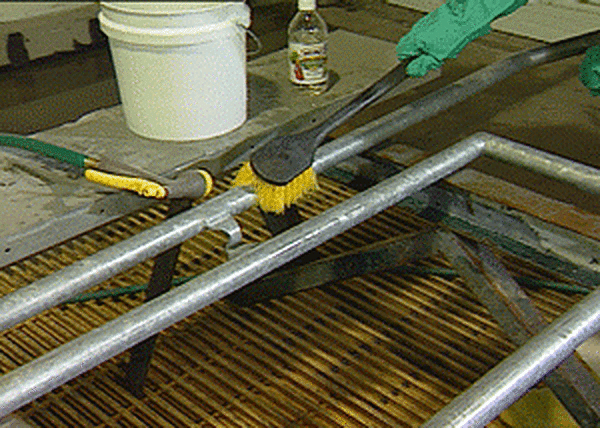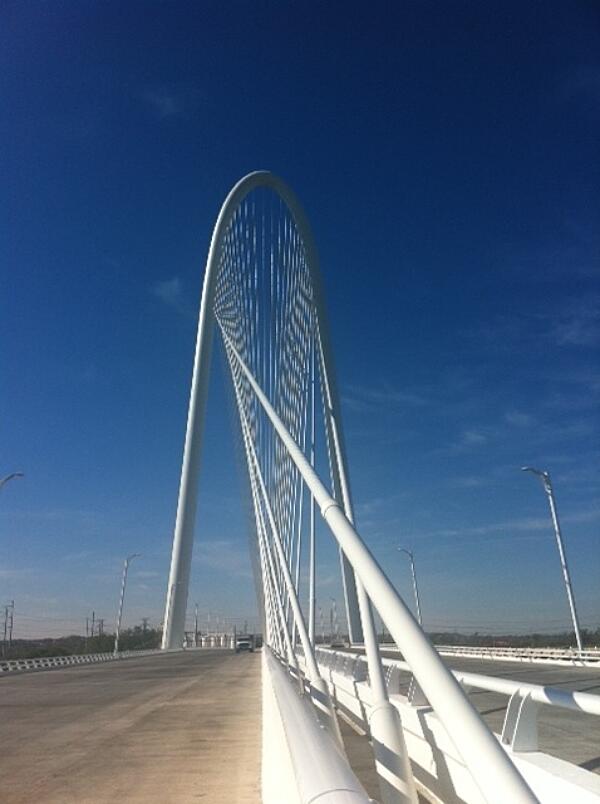Prepare the Surface
Once the condition of the galvanized surface has been properly identified, you can begin preparing the surface for the top coating of either paint or powder.

Cleaning the Surface
The first step for both coatings is to clean the surface. There are two clean-up steps, first removing bumps, runs, drips - which newly galvanized and partially weathered surfaces require whether painting or powder coating. Fully weathered coatings would not require this, because it has already been in service and therefore these issues should not exist. Second, the parts must be cleaned to remove organic materials, rinsed and dried. Whether painting or powder coating, partially and fully weathered surfaces would need this step, while newly galvanized does not as there should be little on the surface at that time. There are a number of acceptable cleaning compounds to remove organic materials which are detailed in the specifications.
Profiling the Surface
The second step for both coatings is to profile the surface to provide an anchor for the top coating. The only surface condition (regardless of top coating) that does not require profiling is fully weathered, as the zinc carbonate of the patina is rough in surface and it is better to not remove that and just paint onto that naturally profiled surface. There are specific requirements as to the best way to profile the galvanized surface without damaging the zinc coating and they are quite different than traditional profiling methods on bare steel. It is imperative to understand the difference and profile the surface correctly. Details on the proper profiling methods are in the specifications ASTM D6386 and D7803 as well as in the instructional DVDs provided by AGA.
Additional Powder Coating Requirements

After profiling, if you are creating a painted duplex system, you are ready to apply the paint. For powder coating, there is an additional step of "baking" the part. This step is extremely important to prevent pinholes and blisters in the powder coating. Water and air molecules can be trapped in the zinc coating and must be removed through the baking process. The part should be thermally treated in an oven to remove residual moisture prior to powder application to reduce pin-holing and blistering. The temperature of the baking oven should be approximately 90° F (30° C) above the temperature used to cure the powder. The part should be baked until the part reaches the oven temperature or a minimum of one hour. The part should then be cooled to a temperature that allows the application of the powder.
After baking, the powder coating is applied, which is typically done in an inline fashion. Once the powder is applied, the coating must also cure for a period of time before it is ready to go out into the field.